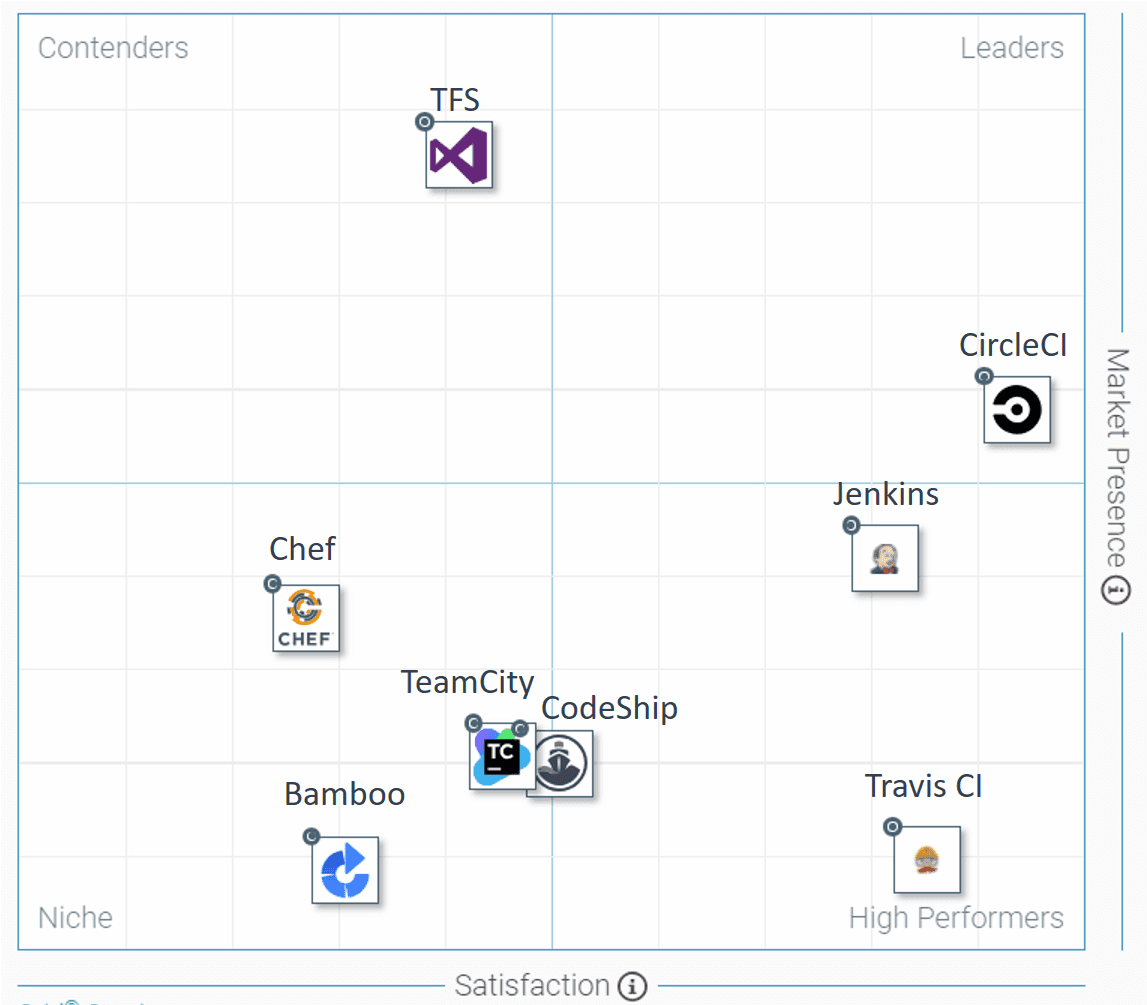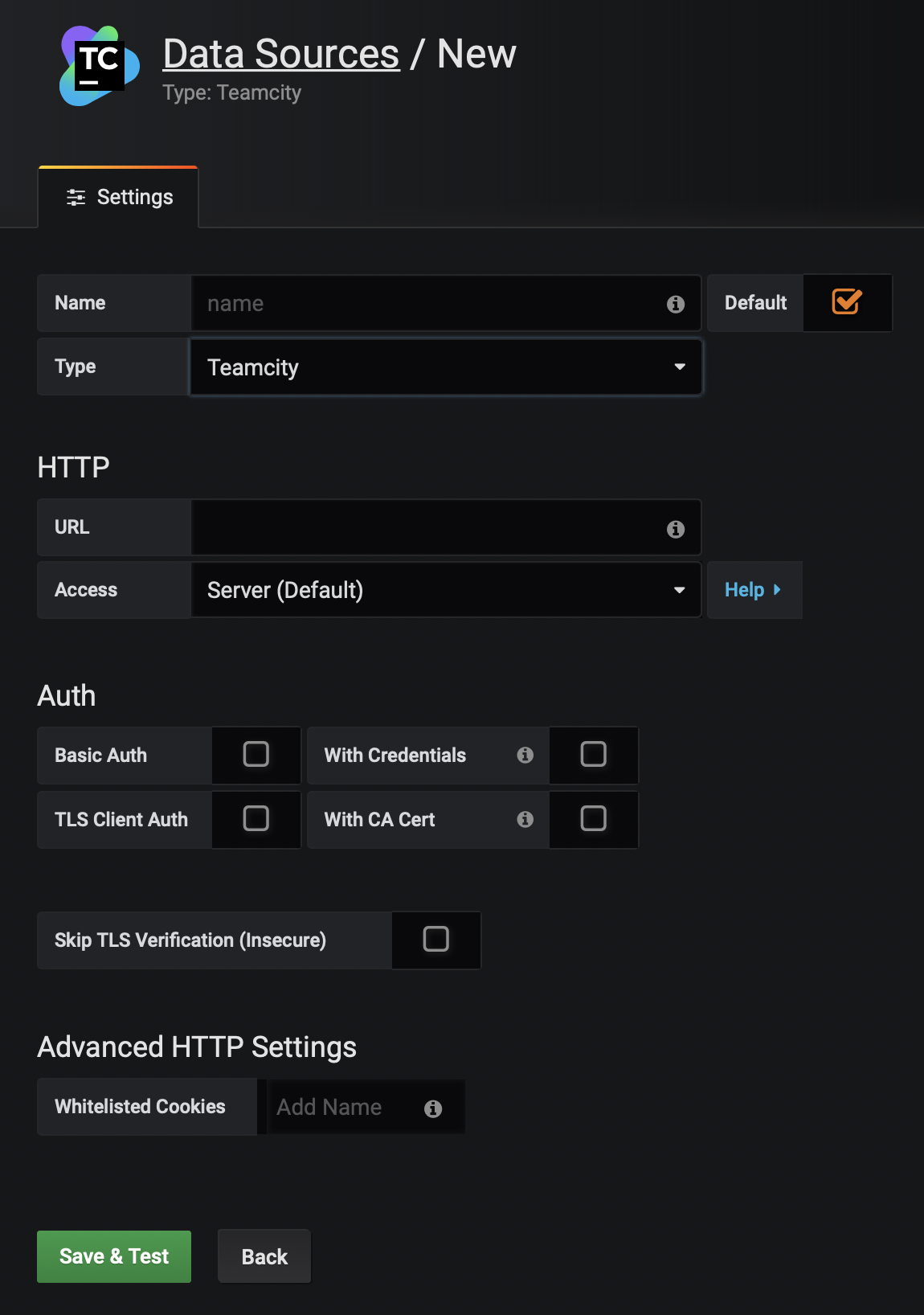

If there were an issue with the code, small batches would be simpler to fix compared to large modifications. The goto way would be to release it early. You can essentially decide the rhythm that better meets your business requirements and release monthly, weekly, daily, etc. With CD (Continuous Delivery), this procedure gets automated and organized– you simply need to click a button at any time you are ready to deploy.
#TEAMCITY PRICING CODE#
On the flip side, the CD is the practice that permits developers to release fresh alterations from the source code repository to end-users. Continuous Integration guarantees that all changes in the code are combined regularly in an automated mode.
#TEAMCITY PRICING SOFTWARE#
Generally, it is broken into phases so software developers can get rapid response or feedback.Ĭontinuous Delivery (CD) is the method for releasing the alteration. A CI/CD pipeline is the best practice to systematize the complete development process. CI runs test automation so that bugs would not slip into the code and guarantees that the end-product does not break every time fresh commits are incorporated into the mainline.īoth Continuous Deployment and Continuous Delivery are what comes about when the modifications have moved through each phase of development and are ready to be released. CI is a discipline that mainly helps developers combine pieces of their code into one major code branch without any break in the collective code. Major Distinctions: Continuous Integration, Continuous Deployment, & Continuous DeliveryĬontinuous Integration (CI) is the initial phase for Continuous Delivery & Continuous Deployment. Allow developers to spend relatively more time writing codes than in testing or integrating fresh code with the present codebase.Automate tests and build a document trail.Offer instant feedback about the quality of the code to software developers.This entire process allows software development teams to incorporate, authenticate, fix errors, and set up code to the production environment automatically. In a nutshell, Continuous Integration (CI)/Continuous Delivery (CD) typically goes hand in hand with an agile environment. CI/CD mainly denotes the software development & testing infrastructure that intends to bring out quality products with less effort and time. Digging Deeper Into CI/CDīefore jumping into CI/CD tools and comparing Jenkins vs Travis vs Bamboo vs TeamCity, we first need to understand CI/CD better.

As promised above, this blog will talk about the much-heated battle between Jenkins vs Travis vs Bamboo vs TeamCity. And thus arises the need to choose the best Continuous Integration/Continuous Delivery tools among a plethora of options available to us. CI brings together all the code alterations in a single place, prepares their production, then prepares and tests the code release.Įach of these steps aids in improving the quality of the code, reducing all sorts of human error in code review, and ultimately saving precious time and effort. In essence, continuous integration is the practice of regularly merging all working copies of code to a shared channel or repository numerous times a day. To mitigate this blame game and bring some relief to developers, CI (Continuous Integration) was introduced. Without any fail-safe in place, this often leads to a vicious cycle of blame. But the larger the team gets, so do the chances of code failures. This synchronization goes far beyond the development team, as it’s not just the developers who are responsible for all product features.įor example, software product teams tend to strategize a sequence of feature introductions and choose individuals to be in charge of each feature. They need to communicate and coordinate all sorts of modifications manually. When multiple team members work on the same project, it can often get agonizing for developers to contribute to the end code. TeamCity in the article so that you can make an informed decision. Now the question is, how do you choose the right tool as there is no shortage of options? Well, to make it a little easier for you, we have picked four of the best CI/CD tools, and we will be comparing these tools: Jenkins vs. It is impossible to carry out software development without counting on DevOps testing or CI/CD tools, making picking the right CI/CD tool super important. What’s the first thing that comes to mind when you hear the words Software Development and DevOps? There’s only one magic word (five to be more precise)- Continuous Integration and Continuous Delivery.


 0 kommentar(er)
0 kommentar(er)
